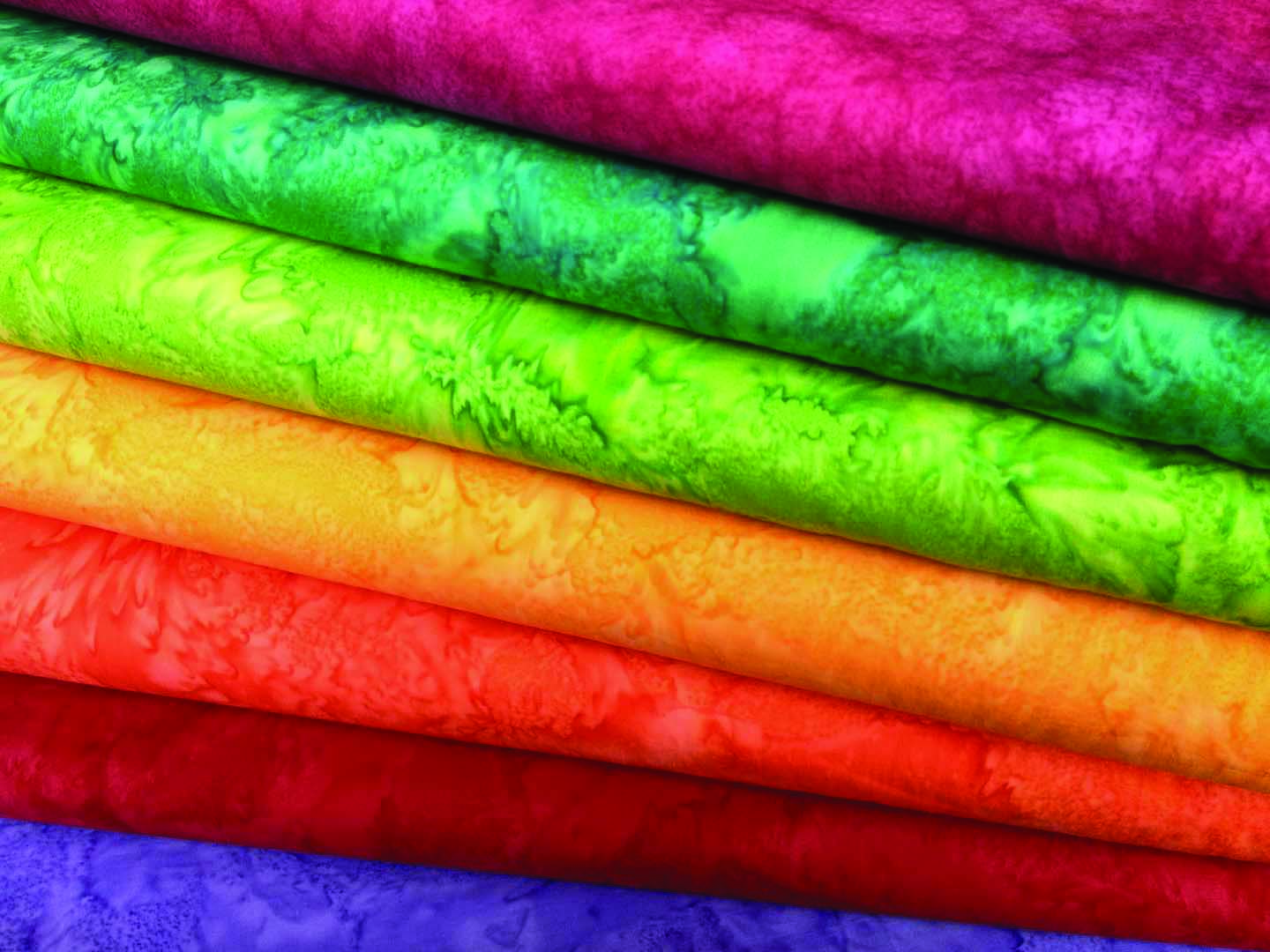After another sweltering summer, a group of Stanford engineers may have finally found a way to beat the heat. The research team, working in collaboration with several laboratories, has developed a new low-cost, plastic-based fabric that, when used in clothing, can cool the wearer’s skin. In addition to increasing comfort in high heat, the material may also decrease energy consumption by allowing people to rely less on air conditioning.
Up to this point, engineers have focused on designing fabrics that allow perspiration to evaporate. Although breathability does improve comfort, it does not eliminate the heat trapped between skin and the fabric. Our bodies naturally emit heat in the form of infrared radiation, invisible and benign waves of energy that we feel as heat. On a typical day indoors, infrared radiation contributes to about 50% of total body heat. The newly designed fabric lets perspiration evaporate, as many other fabrics already do, but it also allows infrared radiation to escape.

The innovative textile was inspired by polyethylene (PE), the plastic material found in kitchen wrap. The polyethylene in plastic wrap, however, is unsuitable for clothing: it is transparent and impermeable to moisture. To address these issues, the team proposed nano-porous PE, a variant of polyethylene with pores comparable in size to the wavelength of visible light. Introduction of these pores into PE resulted in a material that is opaque, but still lets infrared radiation pass through. Next, they further engineered the nano-pores to better resemble a clothing material and to improve water and air permeability. Finally, they created a better textile by layering nano-PE with a cotton mesh, giving the fabric more thickness and strength.
The researchers explored the properties of nano-PE by comparing it to cotton cloth. They placed samples of each material on a device simulating human skin and measured the amount of heat each fabric trapped. “Bare skin’ with no textile has a temperature of 33.5 °C, and with cotton the temperature rises to 37.0 °C. With Nano-PE, it only rises 0.8 [degrees] to 34.3 °C,” explained Dr. Alex Song, a leading scientist on the project. These results are promising, the newly engineered textile is able to keep the skin-simulating device several degrees cooler than the cotton cloth.

Nano-PE could significantly increase the comfort of outdoor workers, athletes, and people living in hot climates. In fact, it could lower the risk of heat-related illnesses including heat exhaustion and heat stroke. However, the researchers are more focused on the fabric’s potential in indoor use, where it could be important to resolving the world’s growing energy concerns. The researchers predict that wearing clothing made from their new textile would decrease a person’s need to turn on fans and air conditioners. Previous research has found that a 1 ° to 4 °C increase in set point temperature can save 7-45% energy consumed by air conditioning. If the new product becomes widely used, it might give commercial buildings the opportunity to turn down central air conditioning, reducing energy consumption on a large scale.
Technology-to-market has always been a major focus of the project, according to Song, so the research team is continuing to modify the fabric, adding more colors and textures. Before the product is made commercially available, the team must also reduce the cost of mass-production. The team is currently working with industrial partners to push forward the technology, so hopefully it will be available on the market soon.
Though relatively simple in design, the group’s innovation has revolutionized the field of textile engineering. By targeting trapped heat, instead of perspiration, they have presented a new solution to an old problem. As they further adapt and build on their design, we may soon find ourselves relying less on air conditioners and more on clothing that can literally cool.

